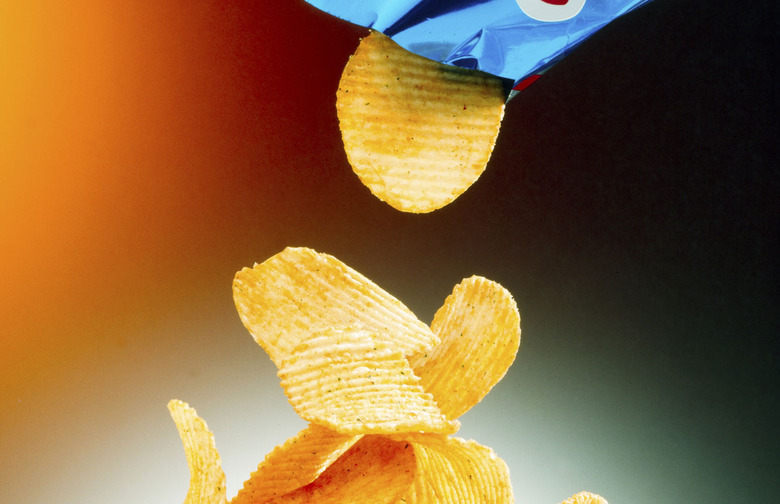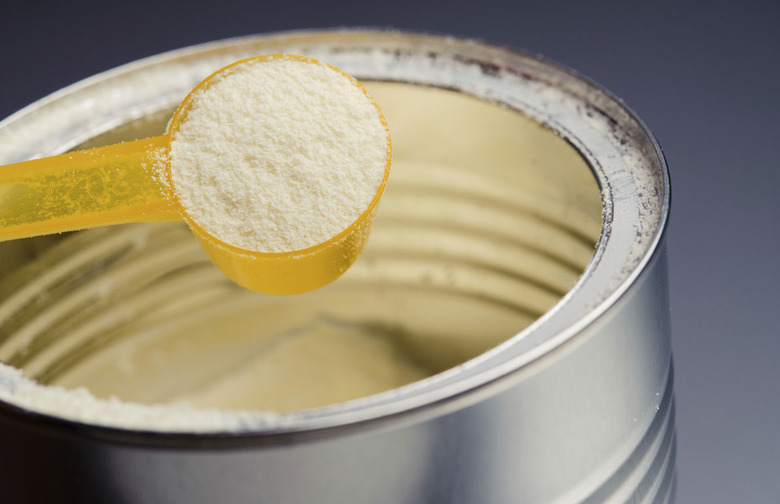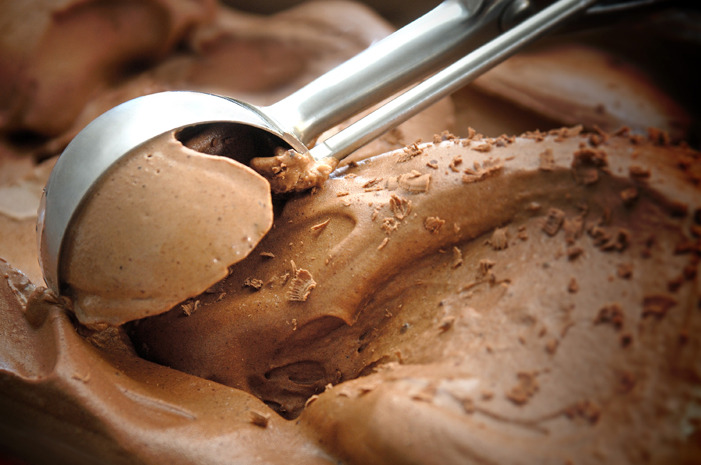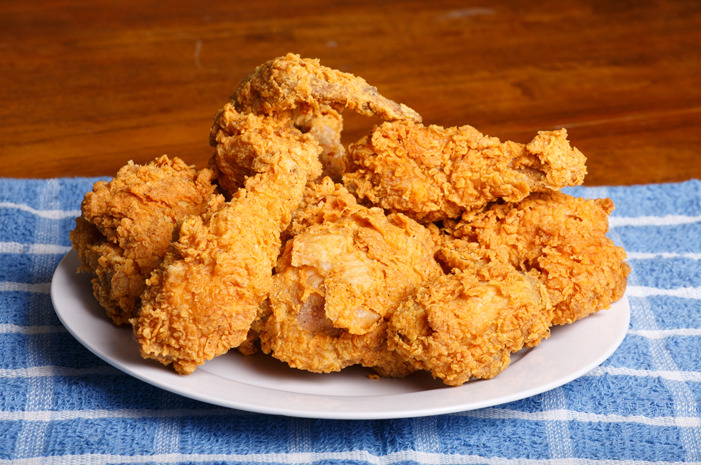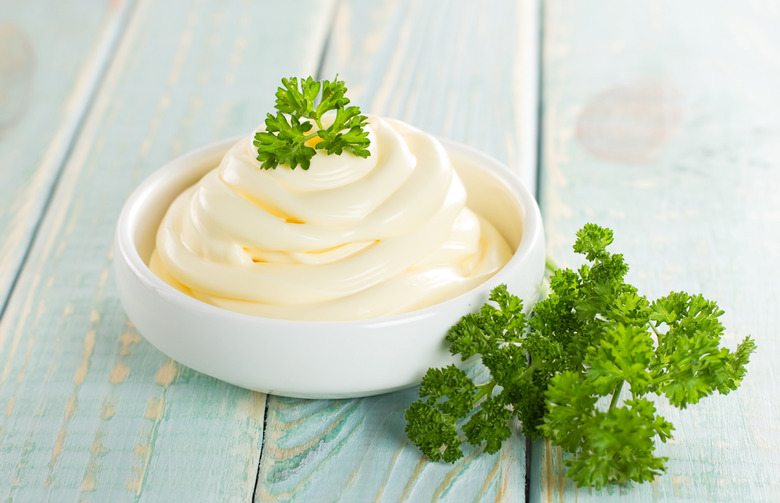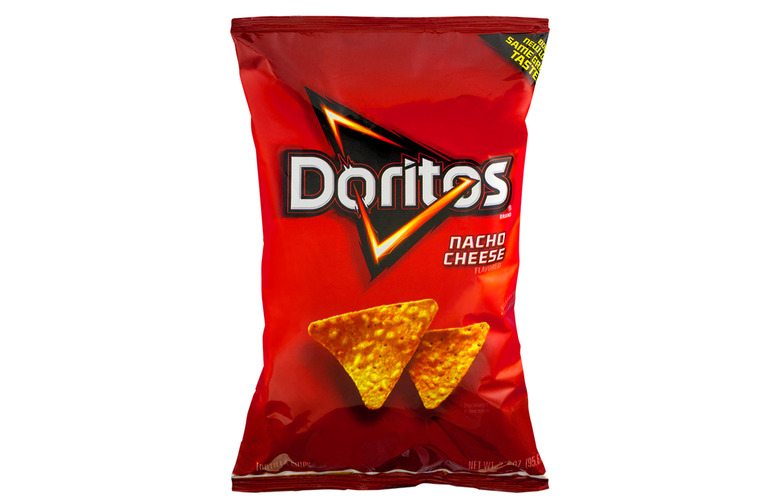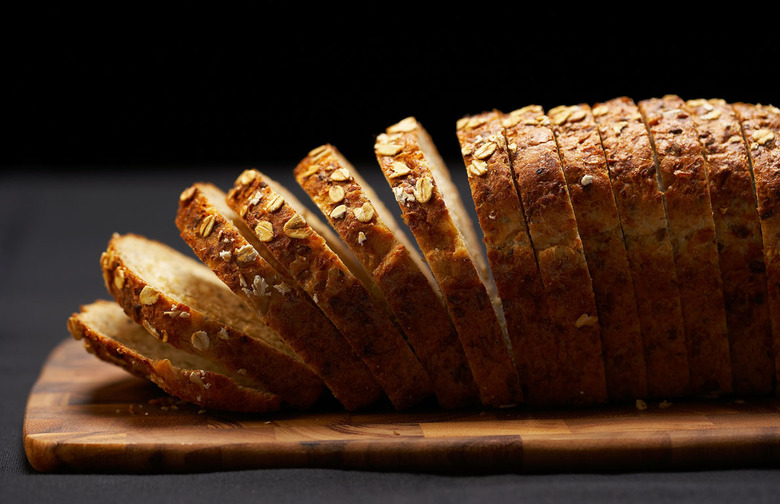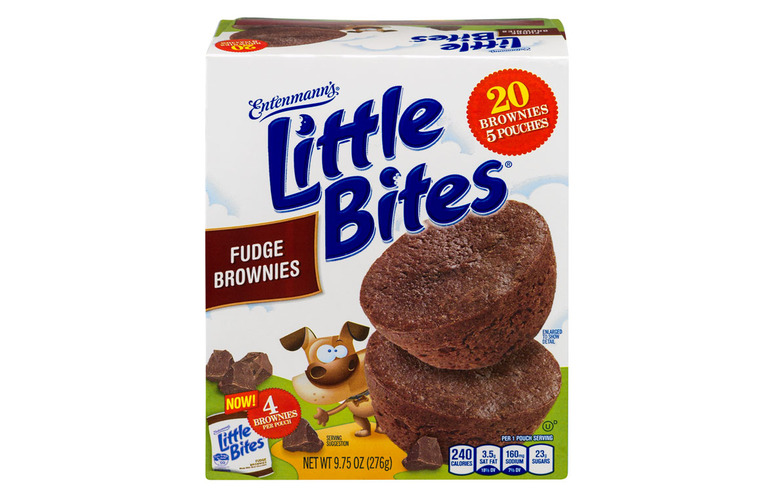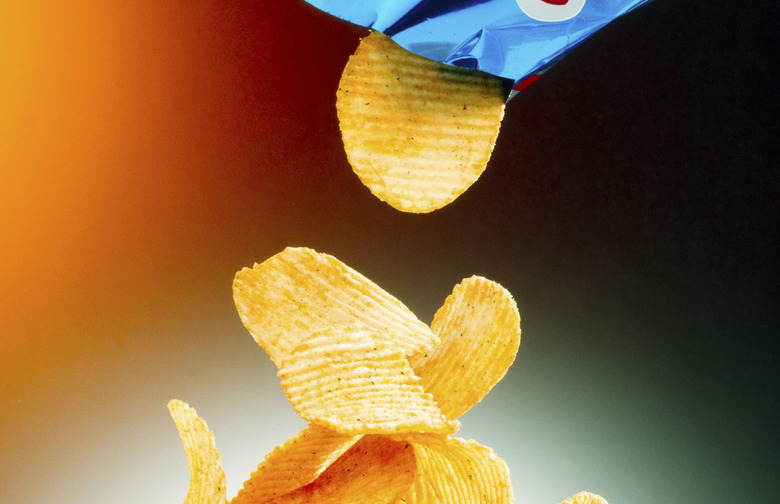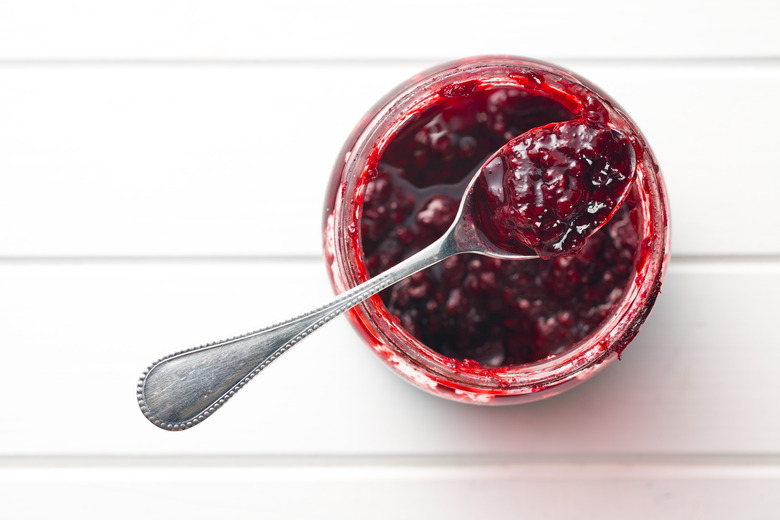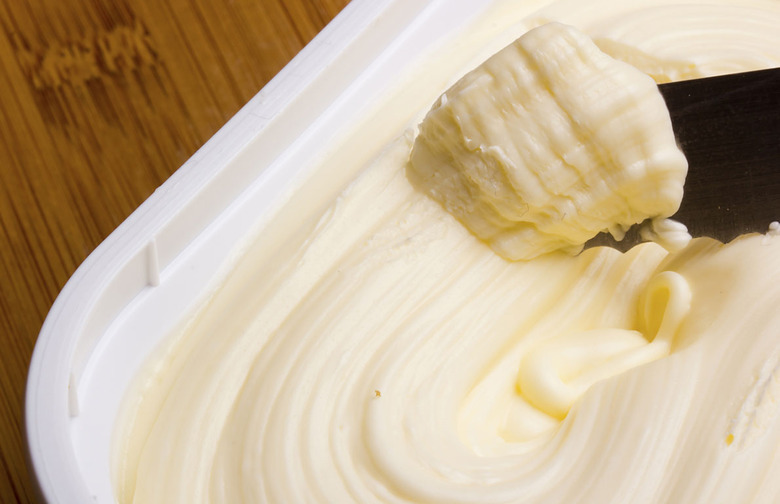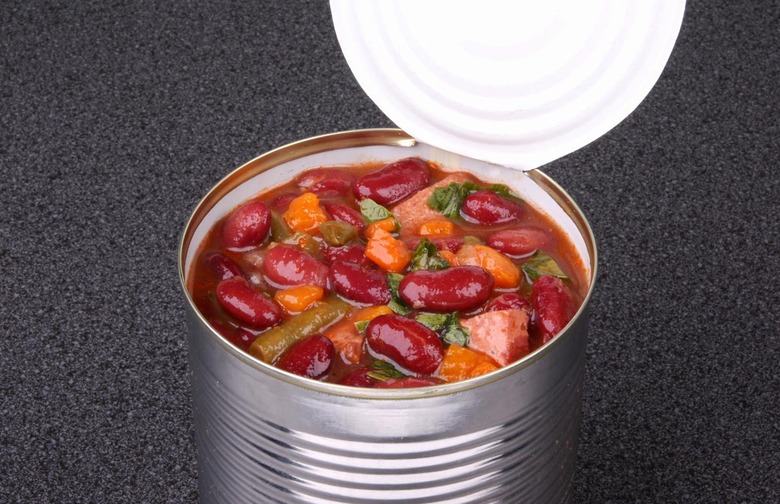Humectants, Tracer Gas, And 9 Other Scary-Sounding Additives In Your Food
Pick up a loaf of bread, candy bar, or other packaged food item at your local supermarket, take a look at the ingredients label, and you'll most likely encounter a whole lot of hard-to-read words. Sodium stearoyl lactylate, ethoxylated mono- and diglycerides, azodicarbonamide... what is all this stuff? They're called food additives, and they each serve a distinct purpose in making these food items taste, look, and feel the way they do.
Anticaking Agents
Anticaking agents are found in most powdered foods, from powdered milk to flours, table salt, and gravy mixes. As the name implies, their primary purpose is to prevent powders from forming clumps, making them easier to package and consume. Popular anticaking agents include tricalcium phosphate, sodium silicate, stearic acid, and sodium bicarbonate, also known as baking soda.
Bulking Agents
Bulking agents' primary purpose is to "bulk" up a food without affecting its taste. Bulking agents are similar to thickeners in that they create mass where there wasn't any. In fact, cornstarch is both a bulking agent and a thickener. Other commonly used bulking agents include guar gum (cheese, ice cream), sodium alginate (jellies), xanthan gum (baked goods, sauces), and maltodextrin (protein shakes and supplements).
Defoamers
Antifoaming agents limit the formation of foam in foods, or break up foam that's already formed. Some are oil based (think of what happens when you pour a little oil onto soapy water) and others are silicone-based. The most common antifoaming agent in food is dimethylpolysiloxane, which is added to just about all fast-food deep-fryers.
Emulsifiers
Any time you eat mayonnaise or ice cream, you're eating an emulsion of oil and water held together by an emulsifier. In mayo's case, egg yolk is the emulsifier, but in processed foods a host of chemical emulsifiers are used, including DATEM (an ester of mono- and diglycerides,used primarily in commercial baked goods), soy lecithin (used in chocolate and margarine), and sodium stearoyl lactylate, which is present in baked goods, puddings, snack dips, sauces and gravies, chewing gum, breakfast cereals, and even some liqueurs.
Flavor Enhancers
Anything that boosts the flavor of a food item is called a flavor enhancer. The most common flavor enhancer, obviously, is salt, but another common enhancer is monosodium glutamate, or MSG. It's found in some format in just about all salty snack foods, including some that you might not even realize.
Flour Treatment Agents
Just about every commercially produced bread, whether it's found in a fast food restaurant or a supermarket, contains flour treatment agents and dough conditioners. These do everything from increasing the strength and workability of the dough to speeding up the rising and fermentation process, assisting with gluten development, and whitening the flour. Oxidizing agents (including the "yoga mat" chemical, azodicarbonamide) help with gluten development and strengthen the dough; reducing agents (including L-cysteine, a synthetically produced agent that faces rumors that it's synthesized using duck feathers and human hair) weaken the flour to reduce mixing and proofing time, and enzymes (including amylases and proteases) degrade gluten and sugar, improving dough flexibility and speeding up fermentation time.
Humectants
Humectants, put simply, prevent food from drying out. Just about all shelf-stable baked goods contain them in one form or another; they stabilize food products, lengthen shelf life, add bulk, and, most importantly, add softness. Honey and glucose syrup are common humectants, but propylene glycol is also popular, and is used in baked goods by by Entenmann's and many companies.
Tracer Gas
No, it's not a tool of chemical warfare; tracer gas is used in what's called "package integrity testing." It's added to everything from bags of chips to soda cans to gauge if any air is escaping during the packaging process.
Preservatives
Preservatives are added to food in order to prevent them from spoiling due to exposure to bacteria, fungi, or microorganisms. These artificial preservatives also reduce the risk of foodborne illness and simply keep the food looking and tasting fresh. They fall into two main categories: antimicrobial and antioxidant. Antimicrobial additives prevent bacterial growth; they include sodium benzoate (found in acidic foods and drinks like soda, pickles, and jams); nitrates and nitrites (used in meats); sodium proprionate (in baked goods); and sorbic acid (in cheese, wine, and baked goods. Antioxidants prevent oxygen-induced spoilage, and some common forms include ascorbic acid (or vitamin C, used in cheese and chips) and sulfur dioxide. Other preservatives, including disodium EDTA and citric acid, slow down the spoilage of fats.
Stabilizers
Stabilizers give food a firmer texture and prevent emulsions, suspensions, and foams from separating. Common stabilizers, in this case all natural, include alginate, agar, carrageen, cellulose, gelatin, guar gum, pectin, and xanthan gum, and they can be found in foods including salad dressing, ice cream, jam, yogurt, and margarine.
Thickening Agents
When added to a liquid, thickening agents, well, thicken it. Thickeners increase the viscosity of a food item without changing its flavor, and are used in most canned soups and packaged sauces. Thickeners come in four varieties: starches, vegetable gums, pectin, and proteins. Starches include cornstarch and potato starch, vegetable gums include guar gum and xanthan gum, pectin is naturally-occurring in plants like citrus fruits, and proteins include gelatin and collagen. Sodium pyrophosphate, the thickener in instant pudding, interacts with the protein in milk to thicken it.
